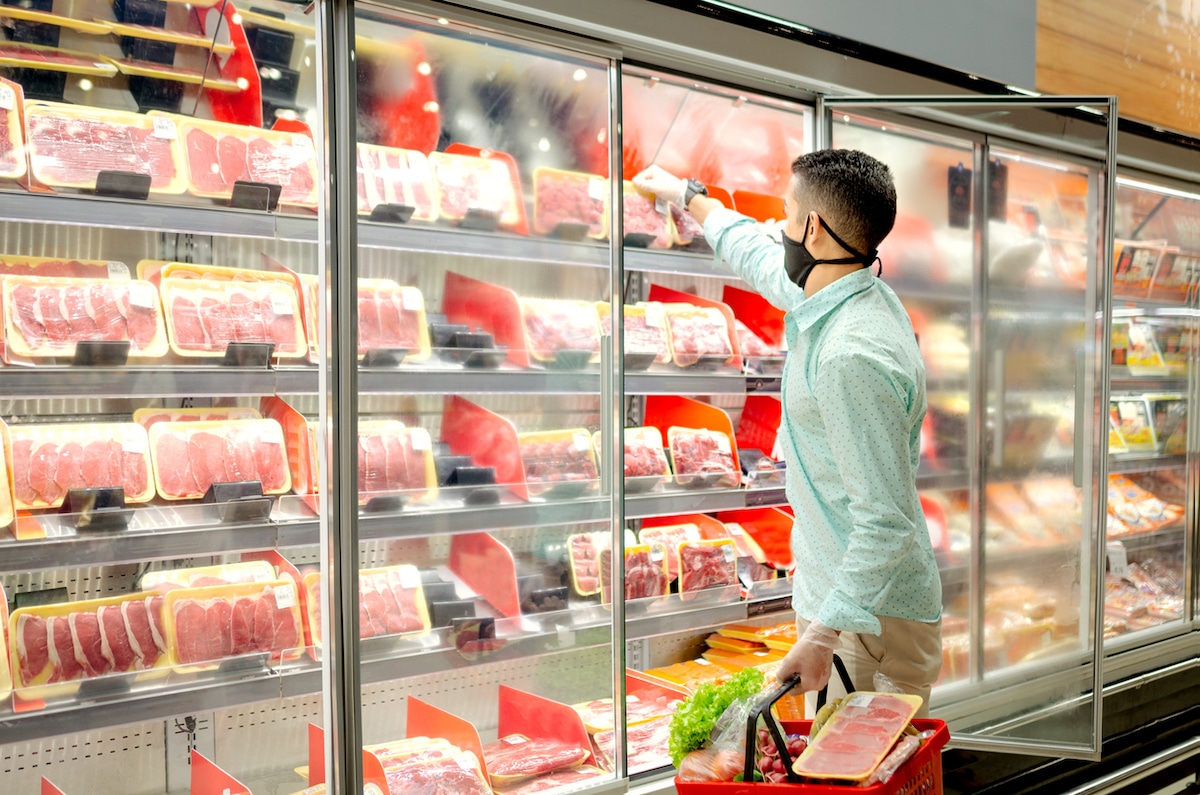Grocery stores are among the most energy-intensive building in the world due to the need for refrigeration. The energy requirement from grocery stores may need as much as three times what other commercial buildings, such as offices, use.
A significant part of energy loss in supermarkets and grocery stores is mostly through refrigeration. Since the energy used in supermarket refrigerators is often released to the surrounding, every refrigeration unit has to work harder. This situation results in more bills and a reduced lifespan of the units.
Every grocery item displayed in supermarkets and grocery stores relies on compressed air units to maintain the right temperatures. Generally, a small display unit is more energy-efficient than a large refrigeration unit. Additionally, sealed display units conserve more energy than open ones.
Achieving zero net energy in supermarket refrigerators
Some of the leading grocery stores with supermarket refrigerators are forced to use thermal energy storage to improve energy efficiency and preserve food in low temperatures. These units can reduce total refrigeration energy use by almost 18% and run time by almost 60%.
The thermal energy storage is paired with phase-change material and smart controls that monitor and report energy use throughout the system’s lifespan. This system is designed to enhance refrigeration efficiency and offer flexible safety cycles in supermarket refrigerators.
DX system operations
The conventional supermarket DX system features four components.
The compressor unit
Condenser
Expansion valves
Evaporators
This system relies on the refrigerant to adjust between gas and liquid. Since this process is cyclical, every change in the state happens in the display case and fixtures connected to the supermarket DX system. The refrigerant in the system absorbs heat, causing pressure changes that force the compressor unit to pull the vapor from the suction. At this point, the refrigerant is in vapor form. The temperature difference is crucial for keeping items fresh.
Secondary system operations
The secondary system operates through two sub-systems:
Primary DX unit
Secondary SN unit
Every supermarket refrigerator comes with a secondary system that adds to the DX process. This is made possible by incorporating a fluid-circulating system to move the evaporation point to the chiller.
The secondary SN unit is designed to absorb heat. However, it does not change the state of the refrigerant as the circulation happens through the finned tube.
The secondary SN operation is also fitted with heat exchangers at the closed-loop piping system. The pressure difference resulting from the pump helps the circulation. However, secondary systems cannot operate at more than 60psi of pressure from the compressor unit or pump.
Conclusion
As the retail world shifts, more companies are looking for technology solutions that enhance efficiency and customer experience and reduce labor hours. This has been evident with the improvement of electronic shelf labels to enhance the online and in-store buying experience while reducing costs.
One such area is grocery refrigeration. Supermarkets and grocery stores are looking for innovative solutions that offer the highest standards in food preservation and refrigeration performance. Many companies have started using thermal energy storage to enhance energy efficiency and reduce costs. Supermarket refrigerators are now designed with advanced technologies to make them more efficient and lower their energy consumption.
Make sure you’re working with experts like those at https://dmi-kc.com/services/refrigeration/ to ensure that your system is running at an optimal level for your wallet’s benefit – and the environment’s.



